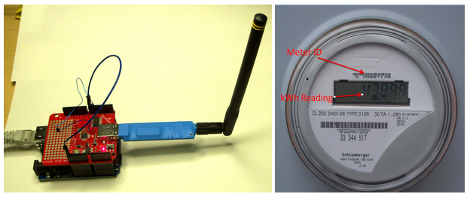
This isn’t a brightest flashlight in the world type of hack (but it does manage to push about 1000 lumens). [Stephen Webb] is finding a use for leftover parts by building his own simple LED flashlights. As you can see, he uses PVC parts available at any hardware or home store. These are a good choice; they’re cheap, light weight, resilient, designed to be water tight, they easily thread together and have connectors that reduce the diameter of the fittings.
The electronics use standard size cylindrical Lithium cells. These are found in many types of Laptop and Power Tool batteries. Often when one of those battery packs bites the dust it’s an issue of one or more bad cells. [Stephen] desolders the cells, and reuses the good ones in this project.
We didn’t see any mention of a recharging technique. Does anyone have any advice on how to top these cells off if they’re not in their original power pack form?









Recent Comments